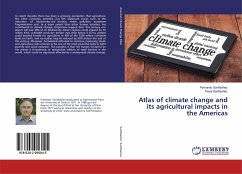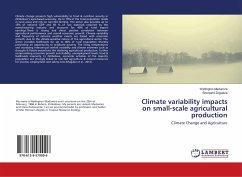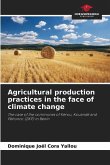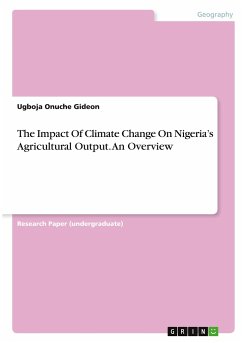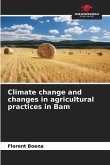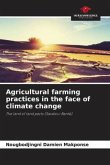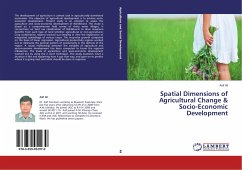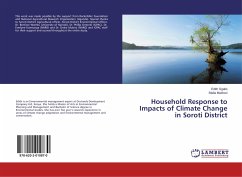In recent decades there has been a growing perception that agriculture, like other economic activities, has left important traces such as the reduction of biodiversity, soil erosion, water pollution, ecosystem fragmentation and, to a lesser extent than other human activities, has contributed to climate change. Projections suggest that, this century, our planet will lose 30% of its biodiversity. Desert regions could expand by 10 million Km2, cultivable lands per person may drop below 0.15 ha, climate could become hostile for agriculture in 450 of the 1500 million cultivable lands on Earth, and ice bodies may be reduced by 50% before the end of this century. Moreover, humankind will need to continue producing foods and agriculture will continue to be one of the most powerful tools to fight poverty and social exclusion. The paradox is that the human footprint on the planet is threatening to marginalize millions of small farmers in the world, which could be rigorously affected by a widespread climate change.
Bitte wählen Sie Ihr Anliegen aus.
Rechnungen
Retourenschein anfordern
Bestellstatus
Storno

